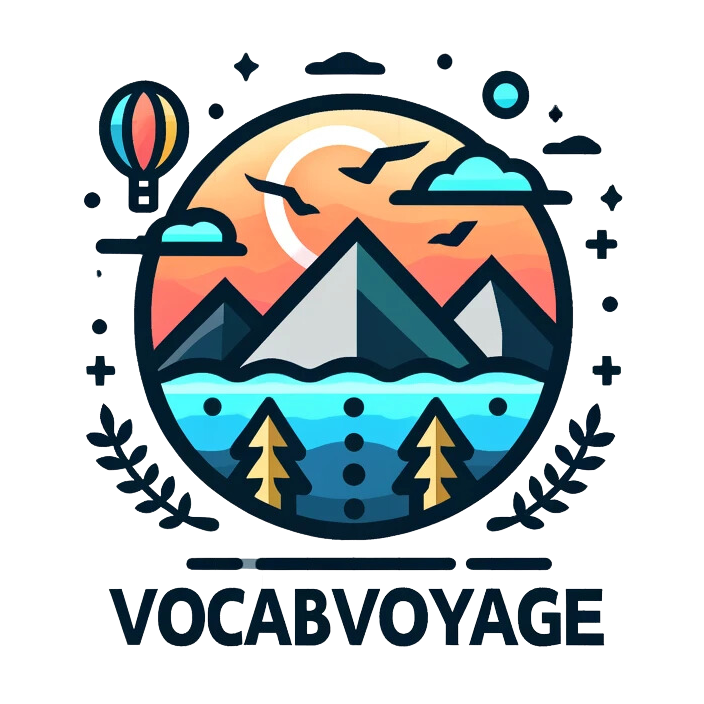Embarking on a Language Learning Journey: The Compass to Success
🌍 Have you ever dreamt of speaking another language fluently, diving into its culture without feeling lost in translation? If you’re nodding your head, you’re not alone. Millions of enthusiasts embark on the language learning voyage, but the ocean is vast, and the methods are as diverse as the fish in the sea. Today, let’s navigate through these waters, highlighting what works and what doesn’t in the quest for linguistic treasure. Remember, the best tool in your arsenal is perseverance. Stick with it, and you’ll reach your destination!
The Classic Classroom Setting
We all remember sitting in classrooms, surrounded by peers, with a teacher at the helm. This traditional method has its perks 👩🏫. It offers structured lessons, immediate feedback, and the social aspect of learning with others. However, it might not fit everyone’s schedule or learning pace, making it a less flexible option in today’s fast-paced world.
Going Solo with Books and Resources
For those who prefer a quiet corner, books, and online resources can be a goldmine 📚. They allow you to learn at your own pace, picking topics that pique your interest. Yet, this method might lack the interactive aspect of language learning, potentially slowing down your speaking and listening progress.
Interactive Online Platforms
Welcome to the digital age, where learning a language is as easy as clicking a button. Online platforms, like our very own Vocab Voyage, leverage technology to make learning more efficient and fun. These tools are designed for learners from A2 to C1 levels, focusing on expanding vocabulary through engaging exercises and interactive content 💻. They offer flexibility, immediate feedback, and tailored learning experiences. However, learners still need to be self-motivated and consistent to navigate successfully through their journey.
Language Learning Apps
In the era of smartphones, language learning apps have become the pocket-sized companions of many learners 📱. They’re convenient, allowing you to squeeze in practice sessions anytime, anywhere. With gamified lessons, they make learning engaging and fun. However, these apps often focus more on individual words than on the context or cultural nuances, which are crucial for fluency.
Conversational Practice with Natives
What better way to learn a language than speaking it? Conversational practice with native speakers immerses you in the language and culture 🗣️. It helps with fluency, pronunciation, and understanding cultural references. Though highly effective, finding conversational partners can be challenging for some learners, and it may require a higher level of confidence to start.
Language Exchange Communities
Language exchange communities merge the best of social interaction and practical learning. By partnering with learners who speak the language you’re acquiring, you get real-life practice while helping them learn your language 🌐. It’s a win-win situation that fosters friendship and cultural exchange. However, the effectiveness of learning can vary depending on the balance of exchange and the commitment of both partners.
What’s the Verdict?
Every navigator’s map is unique, and the same goes for language learners. The efficiency of a method depends on your goals, lifestyle, and how you enjoy learning. While Vocab Voyage offers an interactive, specialized approach for boosting your vocabulary, combining different methods might suit your journey best ⚓.
Remember, the treasure you seek is not just fluency but the joy of connecting with another world. Stay curious, be patient, and keep exploring different horizons. The most important part? Stay the course, and you’ll find that the journey itself is the most rewarding part. Happy voyaging! 🚀
